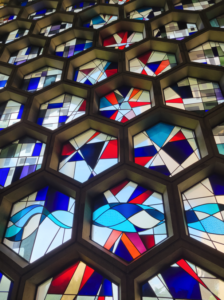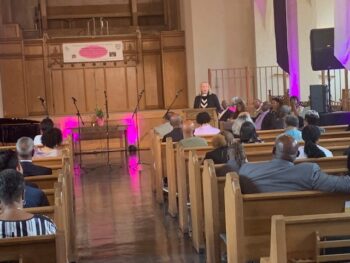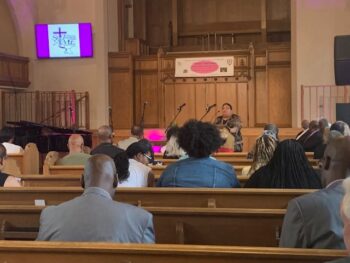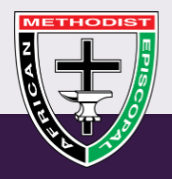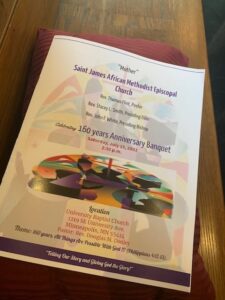Practicing presence while playing with puppies
October 11th, 2023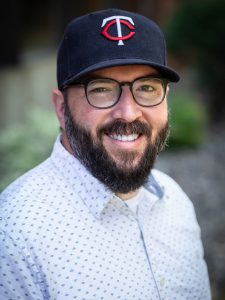 By Nicholas Tangen
By Nicholas Tangen
This year, my wife and I accidentally adopted a puppy named Wendell. Friends of ours, overwhelmed with the attention a puppy requires, asked if we could help find a new home for the little guy and, … well, you know how it goes.
Wendell is a doodle of some kind, which means like many of his doodle confreres he is sweet, intelligent, curious, and whatever the extreme end of energetic is called. He is happy to sit before he eats or before we let him outside, but his little paws cannot stay still while he does it. No matter how many walks we take him on, or how many balls we through for him, he just shivers and shimmies with excitement. It’s … cute.
“It’s been a while since I had a puppy, and I’ll be honest, it’s been an adjustment.”
And, that energy, mixed with curiosity and a puppy’s trademark impulsivity, make him a real pain in the … places you don’t want pain. He chases the cats everywhere; loves to drag every toy we own out into the middle of the living room (including our shoes, which are his now apparently); and has developed a taste for mail left out on the kitchen table. He’s still cute, but good Lord.
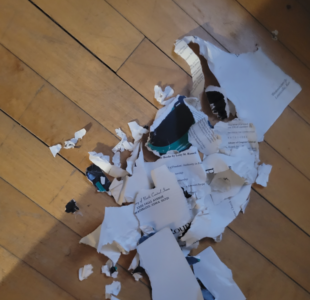 It’s been a while since I had a puppy, and I’ll be honest, it’s been an adjustment. The attention he craves, the training he needs, and all the expenses that come with the puppy package have all been a lot to handle in an already busy day to day. And last week, I came home to find one of my books, the book I was currently reading, tore to shreds on the bedroom floor. And for some reason, that felt like the last straw.
It’s been a while since I had a puppy, and I’ll be honest, it’s been an adjustment. The attention he craves, the training he needs, and all the expenses that come with the puppy package have all been a lot to handle in an already busy day to day. And last week, I came home to find one of my books, the book I was currently reading, tore to shreds on the bedroom floor. And for some reason, that felt like the last straw.
I was tired; I was (per usual) late to my next meeting; and this dog just couldn’t stop destroying things in the house. I began to wonder if we had the energy and capacity to live with a puppy. I felt at that moment that we had really made a mistake. “What were we thinking getting this puppy!,” I kept saying to myself.
We already have a dog and two cats; it’s not as if we are understaffed in the pet department. The whole time I was having my own little pity-party, Wendell just sat there, curiosity on his face.
AT BISHOP’S THEOLOGICAL Conference a couple of weeks ago, Dr. Catherine Meeks said something that has been stuck in my mind like the hook in a song. She said, “It’s important to know the difference between an inconvenience and a tragedy.”
Dr. Meeks was inviting clergy and church leaders to “start close in” in our work for racial reconciliation and justice, and to care for ourselves as an act of radical love. The overwhelm, the fear, the perfectionism that all too often can dominate my own way of being definitely limit my ability to see goodness close in and my ability to imagine a different future. And the catastrophizing of inconveniences is an element of that limitation.
“Would I see mistakes as opportunities to experience grace? Would I encounter delays as a chance to practice being present?”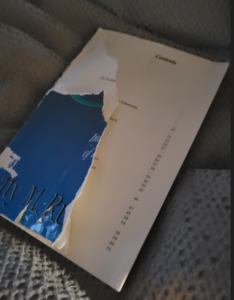
I’ve been noodling on her words since she said them, and I’m curious what might open up for me if I encountered inconveniences for what they really are. Would I see mistakes as opportunities to experience grace? Would I encounter delays as a chance to practice being present? Would I encounter interruption as an invitation to connection and community?
Would I encounter a gnawed-up book as the curiosity and the playfulness of a dog less than a year old?
In those moments when I am not overwhelmed with the inconvenience that necessarily accompanies a puppy, I am instead overwhelmed with the excitement, the love, and the joy that Wendell brings to my life. So, while I am certain to get frustrated and angry when he destroys something I’d like him not to, I’m going to try and remind myself to be present to the gift he embodies.
Besides, it’s no tragedy to buy another book.


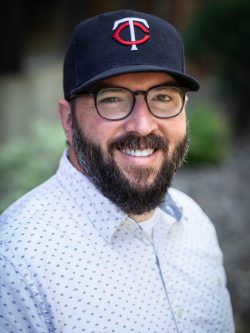
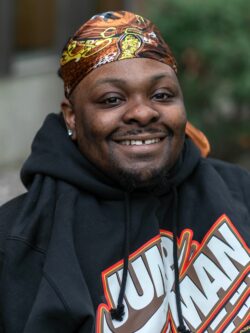
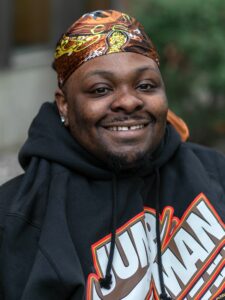 By Manny Lewis
By Manny Lewis 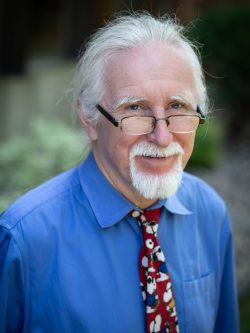
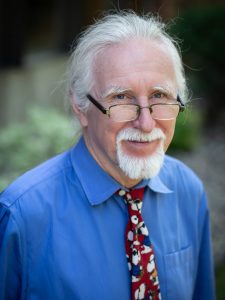 By Bob Hulteen
By Bob Hulteen 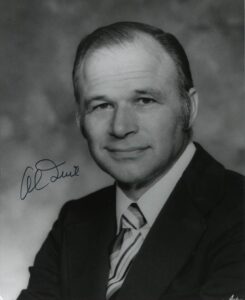
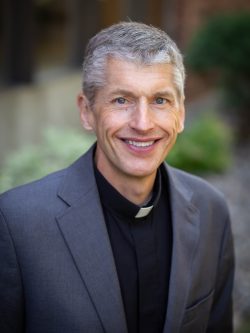
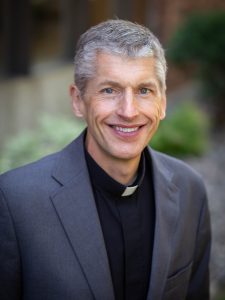 By Pastor Craig Pederson
By Pastor Craig Pederson
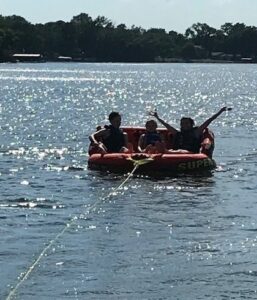 For example, on our maiden voyage, we had been cruising for less than ten minutes when the “low-oil” indicator on the dashboard started flashing and beeping. It turned out that the dealership where I bought the boat had not filled the oil tank (and I didn’t think to check it). Later that summer, a faulty oil sensor shut down the motor and ruined one of our few scheduled weekends at the lake, eventually requiring a costly repair.
For example, on our maiden voyage, we had been cruising for less than ten minutes when the “low-oil” indicator on the dashboard started flashing and beeping. It turned out that the dealership where I bought the boat had not filled the oil tank (and I didn’t think to check it). Later that summer, a faulty oil sensor shut down the motor and ruined one of our few scheduled weekends at the lake, eventually requiring a costly repair.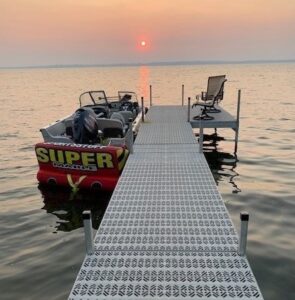
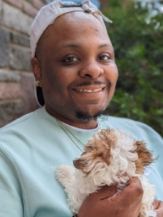
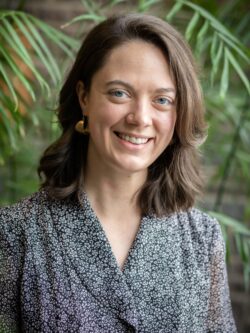
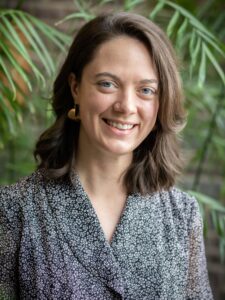 By Emilie Bouvier
By Emilie Bouvier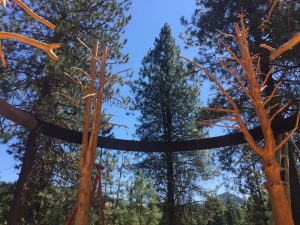
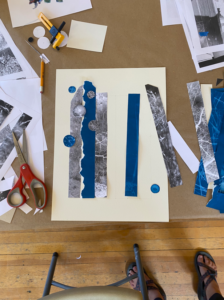 Practicing art in community can be powerful. Creating and sharing art is rarely an isolated experience – even if one’s practice is mostly individual, like mine – as an art piece made and shared opens a space for connection and participation with others. Art shares through impressions and expression in shape, pattern, texture, and colors. It’s hard with such a medium to tell others exactly what to think or feel — yet these images and imprints open space for another to reflect and journey there.
Practicing art in community can be powerful. Creating and sharing art is rarely an isolated experience – even if one’s practice is mostly individual, like mine – as an art piece made and shared opens a space for connection and participation with others. Art shares through impressions and expression in shape, pattern, texture, and colors. It’s hard with such a medium to tell others exactly what to think or feel — yet these images and imprints open space for another to reflect and journey there.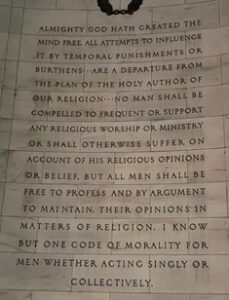



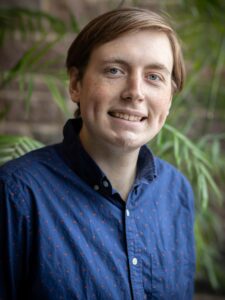 By Jack Hurbanis
By Jack Hurbanis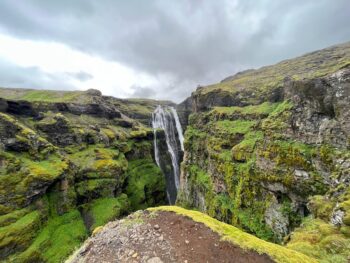
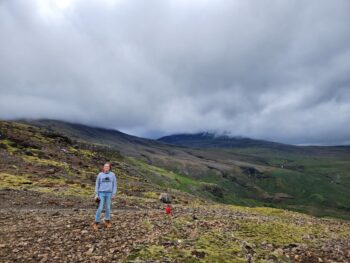
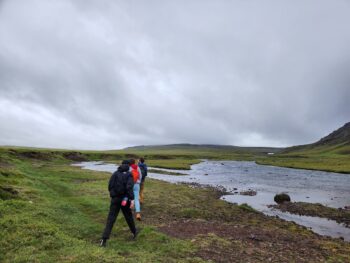
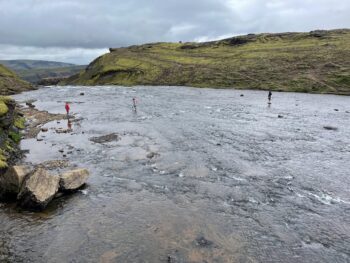
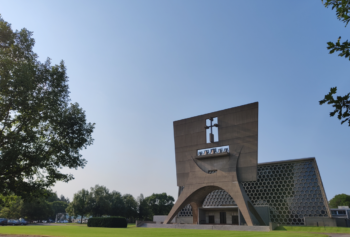
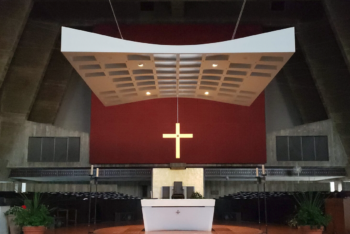 WHEN I WALKED INTO the St John’s Abbey Church on my first visit, I was immediately enthralled by the slow and steady reading of Psalms – the monastic community dressed in black cassocks praying together as one voice, one community. Early morning light poured in through hundreds of brightly colored stained-glass windows, and the rhythm of prayer and silence, prayer and silence, filled the space with wakefulness and attention. The experience of morning prayer, the intentional practice of offering God the first fruits of our day through the psalmody and silent reflection, captured my heart and let me know that I had found a community to learn alongside.
WHEN I WALKED INTO the St John’s Abbey Church on my first visit, I was immediately enthralled by the slow and steady reading of Psalms – the monastic community dressed in black cassocks praying together as one voice, one community. Early morning light poured in through hundreds of brightly colored stained-glass windows, and the rhythm of prayer and silence, prayer and silence, filled the space with wakefulness and attention. The experience of morning prayer, the intentional practice of offering God the first fruits of our day through the psalmody and silent reflection, captured my heart and let me know that I had found a community to learn alongside.